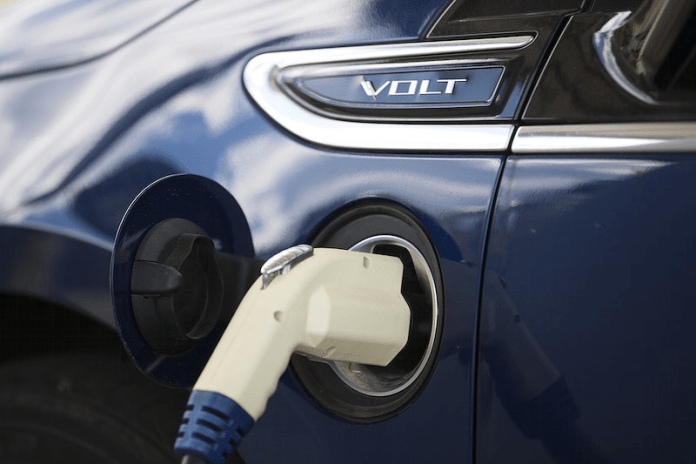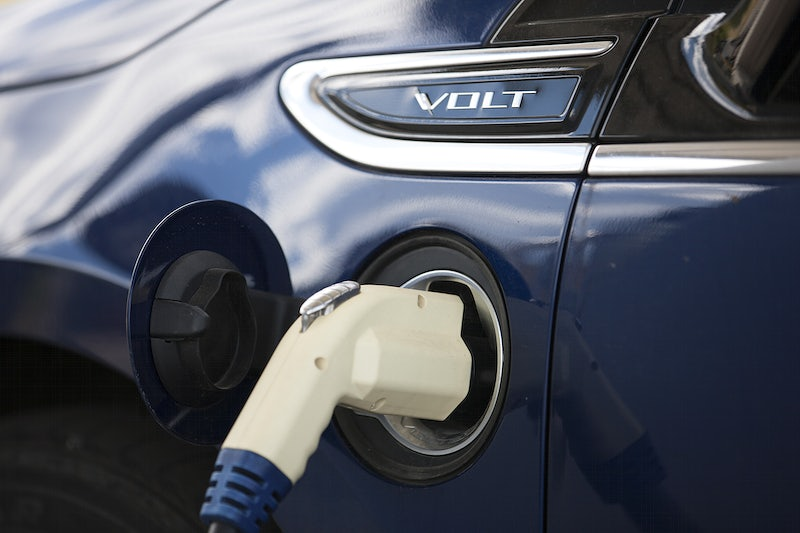“It’s not just the tailpipe, you all,” joked a commenter on Electrek, referencing the black stains on alloy wheels, which serve as evidence of a less well-known urban pollutant: brake dust. For many years, exhaust emissions have been the main target of city air purification efforts, but emerging research suggests the true issue extends well beyond the muffler.

A pioneering research project conducted by EIT Urban Mobility, examining the bustling streets of London, Milan, and Barcelona, has measured a massive 83% decrease in brake dust pollution from electric vehicles as opposed to traditional gasoline-powered cars. This significant finding shifts the conversation about clean air in cities toward non-exhaust emissions, a domain increasingly seen as a crucial area for environmental health.
The innovation responsible for this change is regenerative braking. Unlike conventional friction brakes, which press pads against discs to slow down a vehicle and release small amounts of airborne particles, electric vehicles utilize their motors in reverse to slow down, transforming energy into electrical power that is then stored in the battery. This approach enhances system efficiency and prolongs battery life, while also cutting the need for mechanical braking in half, significantly decreasing the amount of airborne brake particles released.
Brake dust, made up of a complex combination of iron, copper, zinc, organic carbon, and additional metals, goes beyond being just a surface issue. Research has found that as much as 55% of non-exhaust related PM10 in urban areas comes from brake wear. These particles are typically less than 10 microns in size and sometimes ultrafine, measuring under 100 nanometers. They can be easily inhaled and remain deep within the lungs. Experiments with human alveolar cells have revealed that brake dust rich in copper causes significant oxidative stress and inflammation, often matching or exceeding the impact of diesel exhaust particles. The health implications are particularly severe for disadvantaged urban populations, as exposure to these particles has been linked to higher rates of asthma, heart disease, and other breathing-related illnesses.
While some have highlighted that electric vehicles experience slightly increased tire wear due to their heavier weight, the EIT Urban Mobility study discovered that brake dust is much more prone to becoming airborne and causing air pollution compared to tire particles. When accounting for emissions from tires, brakes, and road wear, battery-electric vehicles generate 38% less particulate pollution than gasoline-powered cars, even before factoring in their absence of tailpipe emissions.
The effect is genuine. California has shown in real-life situations that when the adoption of zero-emission vehicles increases in a region, neighborhood air pollution and asthma-related emergency visits decrease. However, these benefits are not evenly distributed. Low-income areas, which typically face the most severe pollution effects, have experienced slower growth in electric vehicle usage, highlighting the need for fair access to clean transportation.
For decision-makers and urban planners, these results highlight a fresh set of concerns. With exhaust emissions on the decline, non-exhaust sources, particularly brake wear, will contribute increasingly to urban particulate pollution. The upcoming Euro 7 rules, which will impose limits on tire and brake emissions, show the changing focus of regulations. Meanwhile, technological progress is already underway: certain companies are implementing sealed brake drum systems in electric vehicles, capturing particles once more, while tire producers are developing specific materials to minimize wear.
The EIT Urban Mobility report also highlights the broader context:shifting commuters from private vehicles to public transit, biking, or walking can result in as much as five times greater decrease in non-exhaust emissions compared to converting individual vehicles to electric powerHowever, for the millions of vehicles that will continue to operate on city roads, the adoption of BEVs and their regenerative braking systems represents a significant advancement toward cleaner, more breathable urban air.







